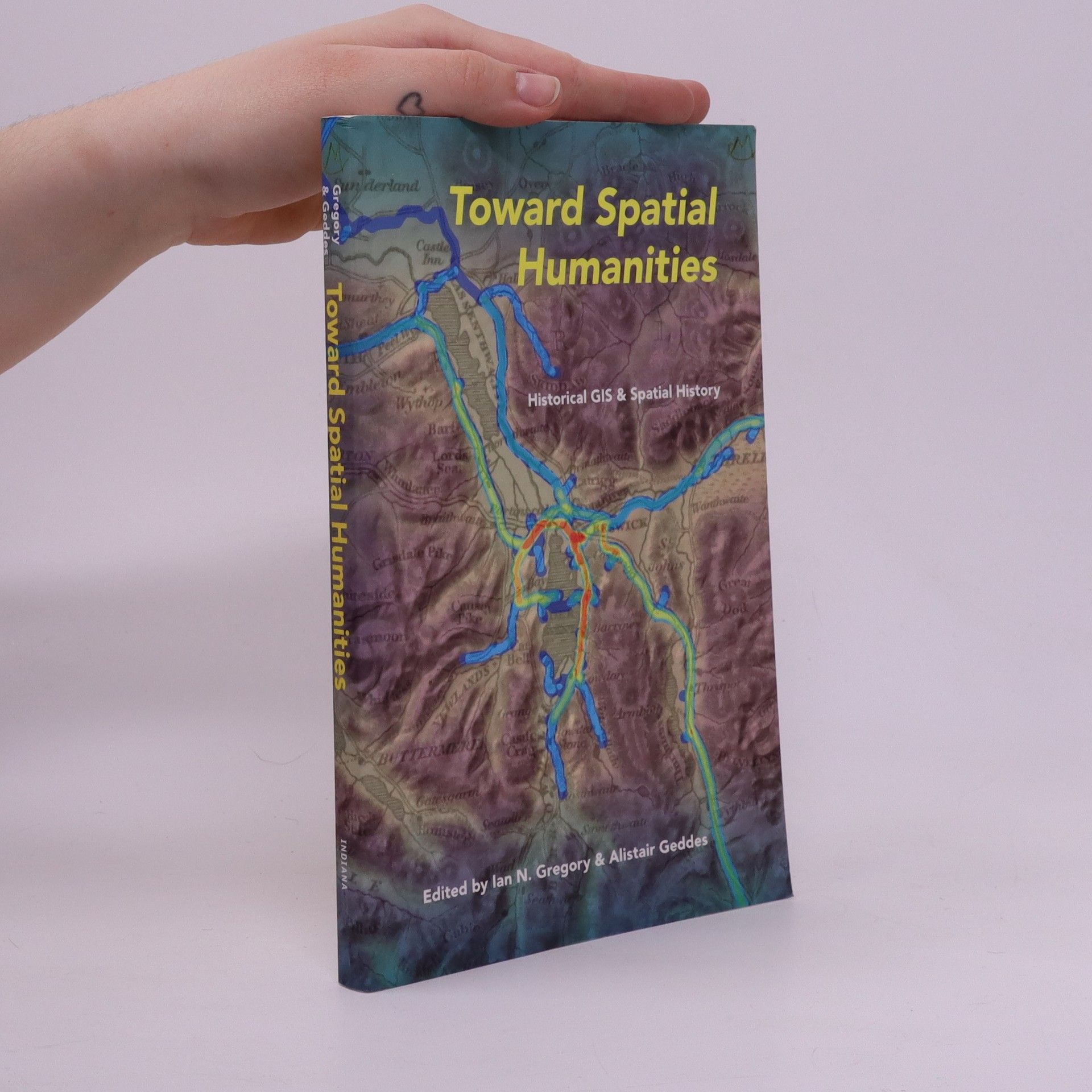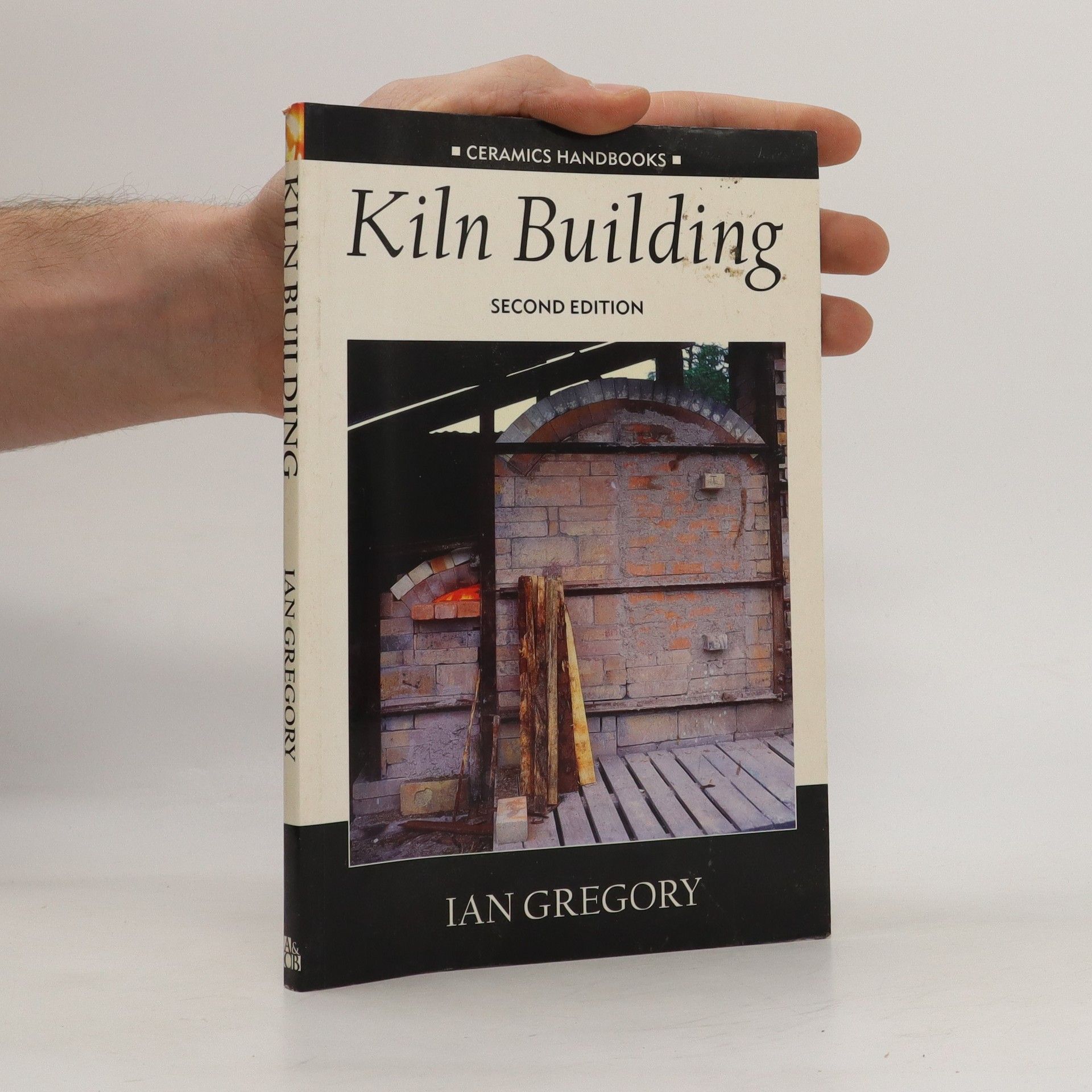The Sweet Spot: Discovering Happiness Beyond Strengths and Weaknesses
- 106 pages
- 4 hours of reading




Focusing on the 19th century, the book explores a collection of mishaps and misadventures that reveal the social dynamics of the era. Through these anecdotes, it offers insights into the lives, challenges, and cultural context of people during this transformative time in history, painting a vivid picture of societal norms and behaviors.
"The application of geo-spatial technologies, especially Geographic Information Systems (GIS), to issues in history is among the most exciting developments in both digital humanities and spatial humanities. The book captures the wide variety of geo-spatial applications to both traditional and non-traditional subjects in history through a series of exemplary essays designed to signal to non-specialists the methodological and substantive implications of a spatial approach to the humanities. The aim of the book is to illustrate how the use of historical GIS is changing our understanding of the geographies of the past, and how it has become the foundation for new approaches to the study of history. The essays are divided into two parts. The first features new approaches to the past by focusing on current developments in the use of historical sources. The second looks at the insights gained by applying GIS to develop historiography. Together the essays form, not a 'how-to' guide for researchers, but a compelling demonstration of how GIS can contribute to our historical understanding"--
Building your own kiln need not be a daunting task. Indeed, it can be the best way to get a simple cheap kiln that fits your personal requirments. In this book, Ian Gregory discusses the different types of kilns, fuels, the materials to use, and the principles to be kept in mind for successful firing. Working drawings of many types of kilns are included and some new, experimental kilns are illustrated. This book is a must for anyone wanting to try their hand at building a kiln, whether they are ambitious amateurs or experienced potters. The Ceramics Handbooksseries was conceived as an introduction to various topics and techniques relating to the use of clay. The books are aimed at the student or the practised ceramicist who is experimenting in a new area.